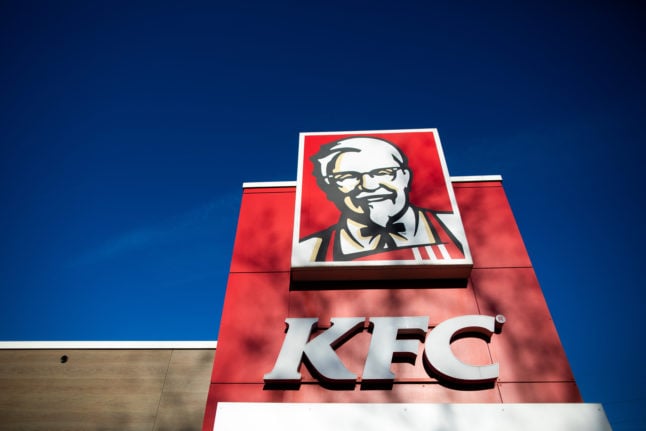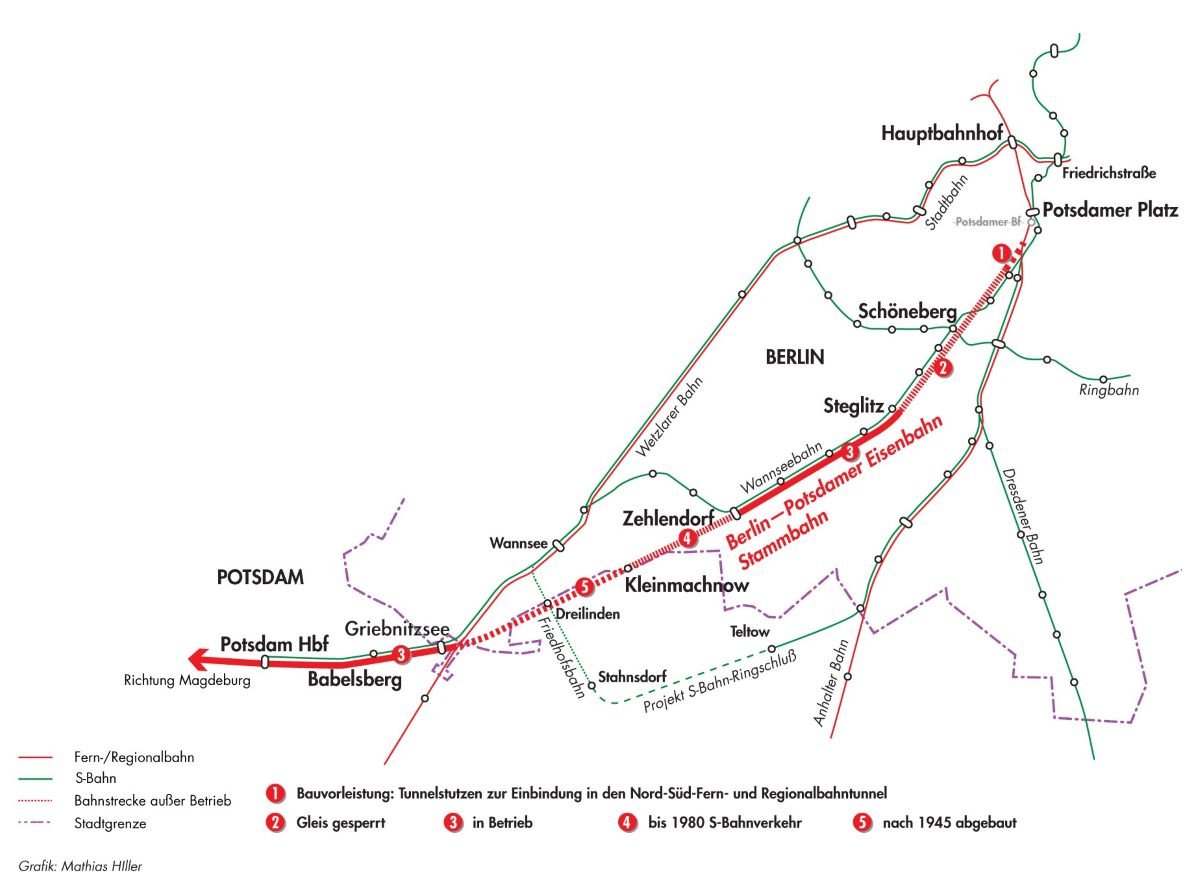The fast food chain sent a notification on Wednesday suggesting customers “treat themselves” on the anniversary of the 1938 Kristallnacht, or Night of Broken Glass, the Bild daily reported.
On November 9th, 1938, Nazi mobs torched and ransacked synagogues and Jewish-owned businesses across Germany in what is widely seen as the start of the Third Reich’s drive to wipe out Jews.
At least 91 people are estimated to have died in the violence, while 30,000 were deported and sent to concentration camps and hundreds of businesses were destroyed.
READ ALSO: ‘Everything was changed’: What led to, and followed, Kristallnacht 82 years ago?
“Commemoration of Kristallnacht — Treat yourself to more soft cheese and crispy chicken. Now at KFCheese!,” the message reportedly read.
The notification sparked shock and outrage on social media, with many posting screenshots of the message they had been sent.
“No, I don’t want any soft cheese with my crispy chicken on #9November,” one Twitter user wrote.
@KFCDeutschland Nein ich möchte keinen zarten Cheese zu meinem knusprigen Chicken am #9november pic.twitter.com/Ikwy5TKa5S
— LEVINSKY (@djlevinsky) November 9, 2022
KFC sent another message around an hour later blaming the blunder on “an error in our system”, Bild said.
“We are very sorry, we will check our internal processes immediately so that this does not happen again. Please excuse this error,” the message said.
READ ALSO: Germany: what I’ve learned from living in the country from which my family once fled




 Please whitelist us to continue reading.
Please whitelist us to continue reading.
Member comments